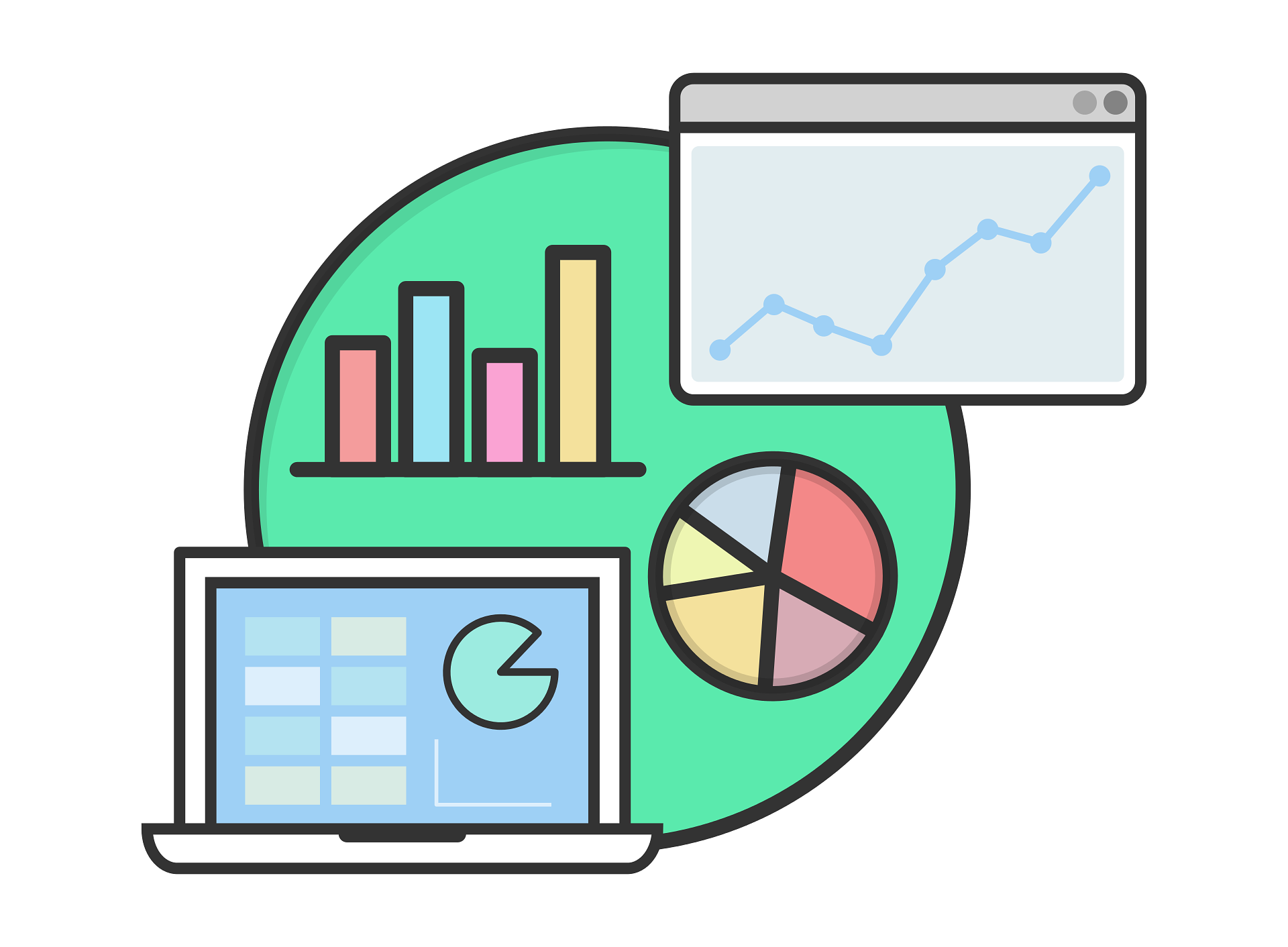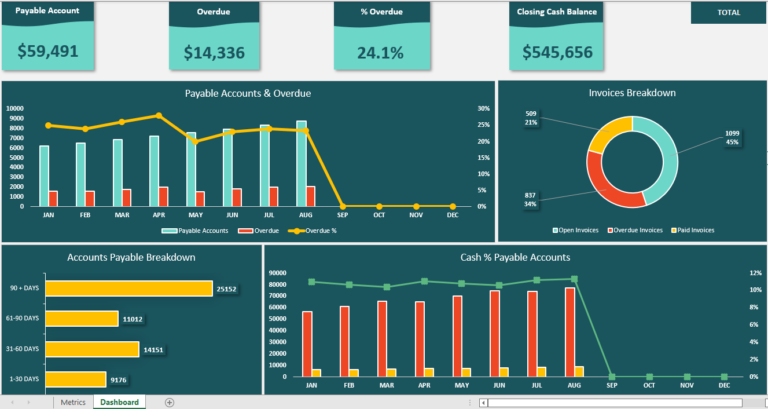Unleashing the Power of Excel VBA Macros
Microsoft Excel is a versatile and powerful tool for handling data, but when it comes to automating repetitive tasks and enhancing your productivity, Excel VBA macros are your best friend. VBA, or Visual Basic for Applications, is a programming language that allows you to create custom macros and automate tasks within Excel. In this blog, we’ll explore the world of Excel VBA macros, from the basics to more advanced concepts, and discover how they can make your life easier and more efficient.
Understanding VBA Macros
What are VBA Macros?
A VBA macro is a set of instructions written in the VBA programming language that automates tasks in Excel. These tasks can range from simple operations like formatting cells to complex data analysis and reporting. With VBA, you can customize Excel’s functionality to suit your specific needs.
How Macros Work
VBA macros work by manipulating Excel objects, such as worksheets, ranges, charts, and more. These objects are part of Excel’s object model, which VBA can interact with. Macros can be triggered by various events, such as clicking a button or pressing a keyboard shortcut, or they can run automatically when a specified condition is met.
Getting Started with VBA Macros
Enabling the Developer Tab
Before you can start creating and running VBA macros, you need to enable the Developer tab in Excel. To do this, go to File > Options > Customize Ribbon, and check the “Developer” option.
Recording Macros
Excel provides a useful feature called the Macro Recorder that allows you to record your actions in Excel and then converts them into VBA code. This is an excellent way to get started if you’re new to VBA. You can review the generated code to understand how it works and make modifications as needed.
The VBA Editor
To create and edit VBA code, you’ll need to use the VBA Editor. You can access it by clicking the “Visual Basic” button in the Developer tab or by pressing Alt + F11. The VBA Editor provides a code window where you can write, modify, and debug your VBA code.
Basic VBA Concepts
Variables and Data Types
In VBA, you’ll work with variables to store and manipulate data. It’s crucial to understand different data types like integers, strings, and objects, as well as how to declare and use variables effectively.
Loops and Conditional Statements
Loops (e.g., For, While) and conditional statements (e.g., If-Then-Else) are fundamental in VBA. They allow you to perform repetitive tasks and make decisions based on specific conditions.
Functions and Procedures
VBA code is organized into functions and procedures. Functions return values, while procedures perform actions. Learning to create and call your functions and procedures will help you streamline your code.
Advanced VBA Techniques
Error Handling
Robust VBA code includes error handling to deal with unexpected situations. You can use constructs like “On Error” to manage errors gracefully.
User Forms
VBA allows you to create custom user interfaces through user forms. This feature is valuable when you want to build user-friendly tools within Excel.
Working with External Data
You can connect your VBA macros to external data sources, such as databases or APIs, to retrieve, update, and analyze data from various platforms.
Practical Examples
To give you a taste of what’s possible with Excel VBA macros, here are a few common tasks you can automate:
- Data Cleansing: Create a macro that automatically removes duplicates, trims extra spaces, and formats data consistently.
- Report Generation: Design a macro to generate complex reports with charts, tables, and calculations from raw data.
- Data Import and Export: Automate the process of importing data from external sources and exporting it to other formats.
- Dashboard Creation: Build interactive dashboards that update dynamically with the latest data.
Conclusion
Excel VBA macros are a powerful tool that can significantly enhance your productivity and simplify complex tasks in Excel. Whether you’re a beginner or an advanced user, learning VBA can open up a world of possibilities. It’s a skill that can save you time, reduce errors, and make your Excel experience more efficient and enjoyable. So, dive into the world of VBA, and start automating your way to success in Excel!





